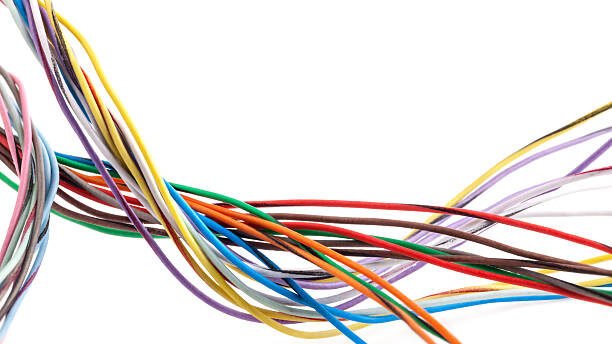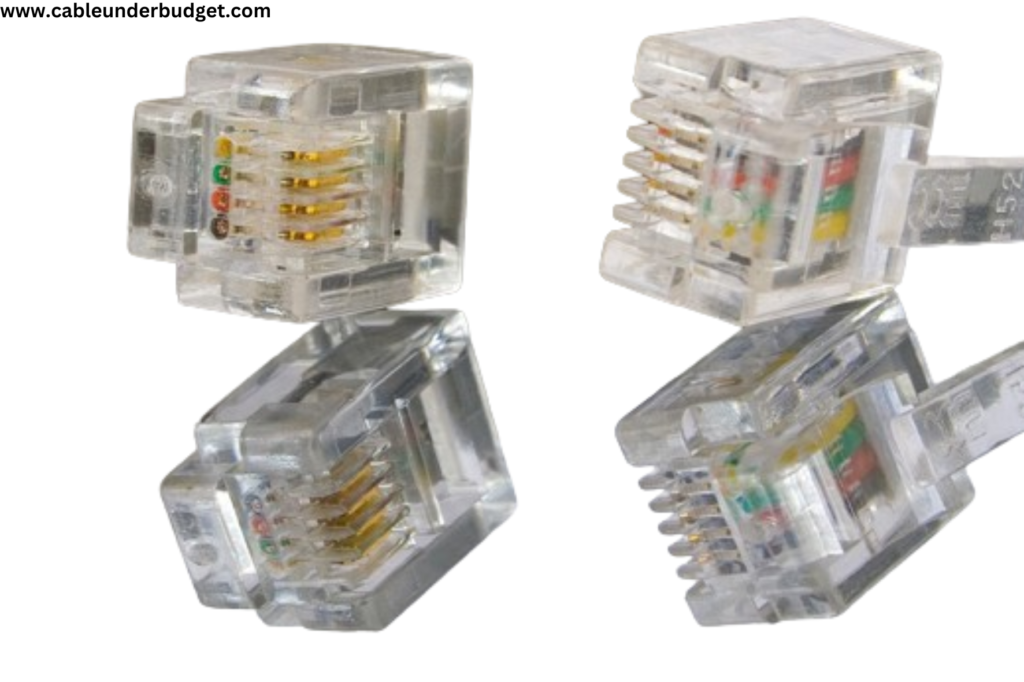Cables form the backbone of modern communication and technology, facilitating the seamless transmission of data, power, and signals across a myriad of devices and systems. Understanding the diverse range of cable types and classifications is crucial for ensuring efficient performance and compatibility in various applications. Let’s delve into the intricacies of cable classifications and explore their significance in different contexts.

Components of Cable
Components of Cable: Conductor, Insulator, Sheath
-
- Conductor: The conductor is the core component of a cable, responsible for carrying electrical current. Typically made of copper, aluminum, or other conductive materials, the conductor provides the path for electricity to flow.
-
- Insulator: Surrounding the conductor is the insulator, which serves to electrically isolate the conductor and prevent current leakage. Insulators are typically made of materials such as plastic, rubber, or fiberglass, chosen for their high dielectric strength and resistance to electrical conductivity.
-
- Sheath: The sheath, also known as the outer jacket or insulation, encases the conductor and insulator, providing mechanical protection and environmental resistance. Made of materials such as PVC (polyvinyl chloride) or PE (polyethylene), the sheath protects the cable from moisture, abrasion, and damage, ensuring long-term durability and safety.
Classification of Cables Types:
a. Based on Construction:
-
- Coaxial Cables: Feature a central conductor surrounded by insulation, a metallic shield, and an outer jacket. Primarily used for television signals, internet connectivity, and data networking.
-
- Twisted Pair Cables: Consist of pairs of insulated copper wires twisted together to reduce electromagnetic interference. Widely employed in Ethernet networks, telephone systems, and industrial automation.
-
- Fiber Optic Cables: Transmit data using light signals through glass or plastic fibers. Preferred for high-speed internet connections, long-distance telecommunications, and data center networking.
b. Based on Function:
-
- Power Cables: Designed for transmitting electrical power from a power source to electrical devices or equipment. They come in various configurations, including single-core, multi-core, and armored cables.
-
- Data Cables: Specifically used for transmitting digital data between devices or systems. Examples include Ethernet cables, USB cables, and HDMI cables.
-
- Control Cables: Used to transmit control signals for operating machinery, equipment, and industrial processes. Often feature multiple insulated conductors within a single cable jacket.
c. Based on Application:
-
- Indoor Cables: Suitable for installation in indoor environments such as homes, offices, and data centers. Designed to meet specific safety and performance requirements for indoor use.
-
- Outdoor Cables: Engineered to withstand exposure to outdoor elements such as moisture, UV radiation, and temperature fluctuations. Commonly used for outdoor networking, telecommunications, and infrastructure projects.

Significance of Cable Colors:
a. Identification and Differentiation:
-
- Power Cables: Color-coded to indicate different voltage levels, phase conductors, and ground conductors. For example, black or red may signify phase conductors, green or green/yellow for ground conductors, and other colors for specific voltage levels.
-
- Data Cables: Color-coded to denote different types of connections, such as Ethernet cables (e.g., Cat5e, Cat6) and USB cables (e.g., USB 2.0, USB 3.0). This helps users identify the type of cable and its compatibility with devices.
-
- Control Cables: Colors may be used to differentiate between different signal types or functions, simplifying installation and troubleshooting. For instance, blue may indicate analog control signals, while orange may signify digital control signals.
Different colors are used for different purposes. In DC circuits, the colors are,
-
- Red: Wires for positive current.
-
- Black: Wires for the negative current.
-
- White or Grey: Ground wires.
For AC circuits (power 120/208/240 Volts),
-
- Black: Phase 1 lines are colored black. These wires are for power generation.
-
- Red: Phase 2 or transmission wires.
-
- Blue: Phase 3 or power distribution wires.
-
- White: Neutral wires.
-
- Green or Green with Yellow Stripes: Ground wires.

b. Compliance with Standards:
-
- Cable color-coding often follows industry standards and regulations set by organizations such as the International Electrotechnical Commission (IEC), Institute of Electrical and Electronics Engineers (IEEE), and National Electrical Code (NEC). Adhering to these standards ensures consistency and safety in cable installations.
c. Visual Clues for Safety:
-
- By using distinct colors for different cable types and functions, cable installers and maintenance personnel can quickly identify and trace cables, reducing the risk of errors, accidents, and electrical hazards.
Applications and Uses:
Different cable types find widespread applications across diverse industries and sectors:
-
- Coaxial cables: Integral to cable television (CATV) networks, broadband internet connections, and surveillance systems due to their robustness and signal fidelity.
-
- Twisted pair cables: Ubiquitous in Ethernet networks, telephone lines, and industrial automation systems, offering reliable data transmission and cost-effectiveness.
-
- Fiber optic cables: Preferred for high-speed internet connections, long-distance telecommunications, and data center networking, providing unmatched bandwidth and immunity to electromagnetic interference.
Factors to Consider When Choosing Cables:
Selecting the appropriate cable type entails considering various factors:
-
- Bandwidth requirements: Matching the cable’s bandwidth capacity to the demands of the application ensures optimal performance.
-
- Transmission distance: Choosing cables capable of maintaining signal integrity over the required distance is essential for reliable communication.
-
- Environmental conditions: Assessing factors such as temperature, moisture, and exposure to chemicals helps determine the suitability of cables for specific environments.
-
- Electromagnetic interference (EMI) susceptibility: Shielded cables are preferred in environments prone to electromagnetic interference to maintain signal integrity.
-
- Installation method: The method of installation, whether direct burial, conduit, or aerial, influences the choice of cable and its durability in the intended environment.
Conclusion:
In conclusion, the classification of cables based on construction, function, and application, along with color-coding, plays a crucial role in ensuring efficient and safe deployment of cables in various industries and environments. Understanding these classifications and colors is essential for selecting the right cables, installing them correctly, and maintaining reliable performance in electrical and communication systems.
FAQs

